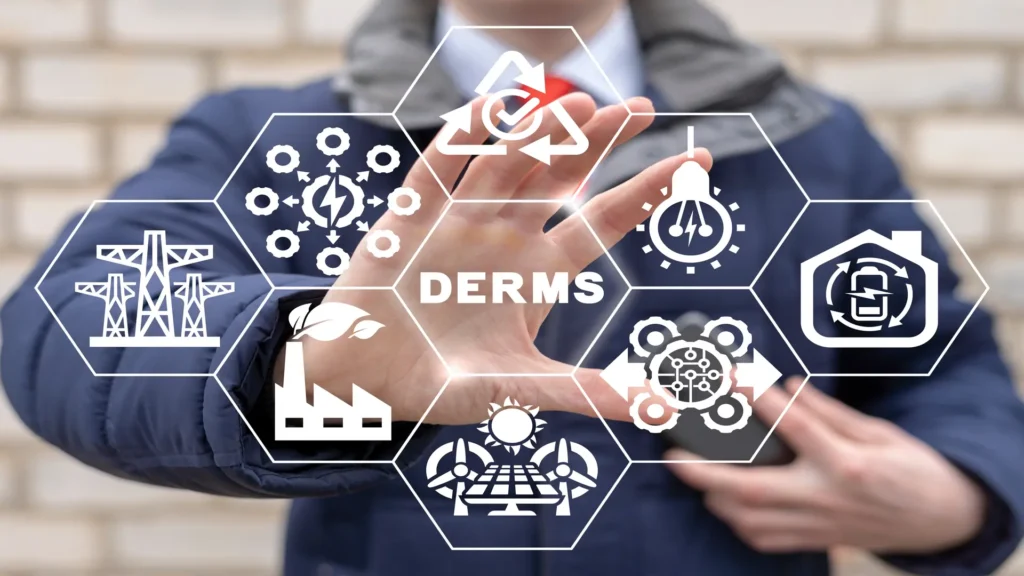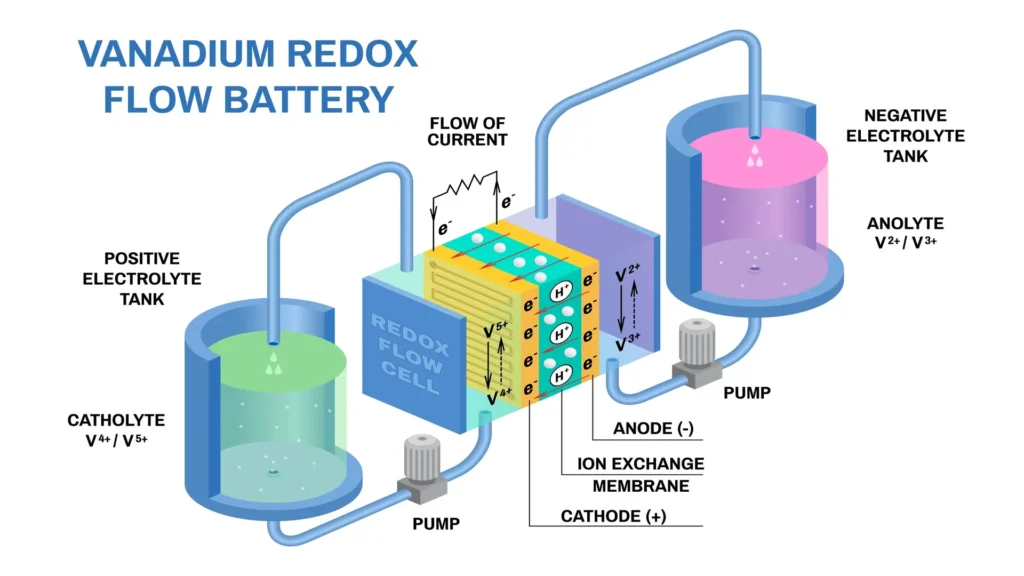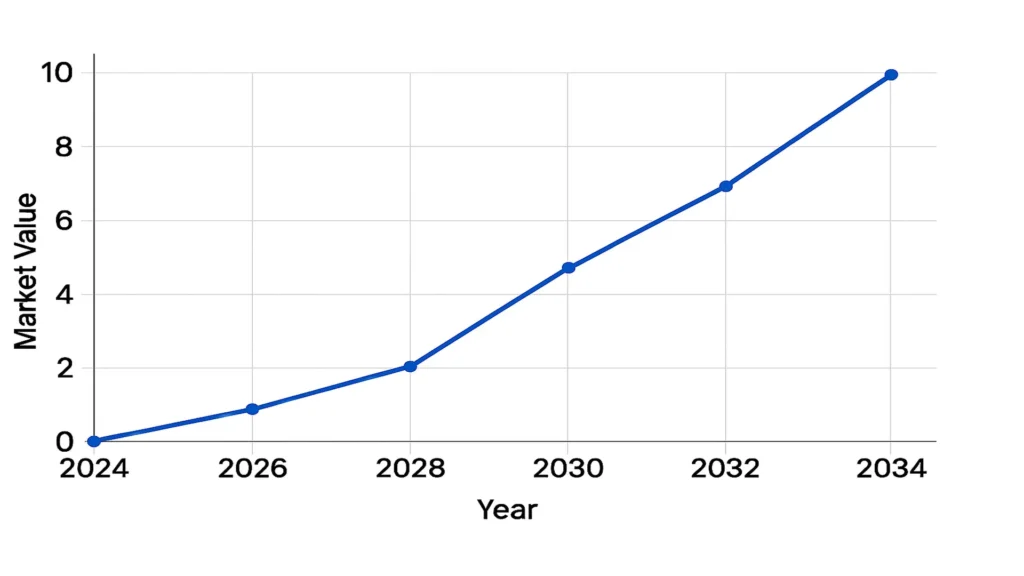Table of Contents
- What are DERs and why are they essential for smart grids?
- Enabling technologies and interoperability standards.
- Energy storage key to grid stabilit
- Artificial intelligence and ML in smart operations
- Microgrids as building blocks of energy resilience
- P2P energy trading: Technical and regulatory innovation
- Technical, environmental, and economic benefits
- Technical and regulatory challenges
- Recommended strategy: Defense in depth
- DER as a driver of decarbonization and carbon neutrality
- Conclusions
- Referencias
Distributed energy refers to small-scale electricity generation close to the point of consumption, using systems such as rooftop solar panels or small wind turbines, rather than large centralized power plants. This approach reduces transmission losses, better integrates renewable sources, increases system reliability, and allows consumers to become “prosumers” by generating their own energy and, in some cases, feeding surplus energy back into the grid.
This article provides a technical analysis of how DERs are transforming 21st-century power grids: from interconnected standards (IEEE 1547, 2030.5) and cloud-based control architectures to advanced P2P energy transaction models and resilient cybersecurity.
What are DERs and why are they essential for smart grids?
Distributed energy resources, or DERs, are small-scale energy systems that supply a nearby location, can be connected to power grid or isolated, and energy flows only to specific sites or functions. Distributed energy include both power generation technologies and energy storage systems. When power generation is performed by distributed energy resources, it is called distributed generation.
While distributed energy systems use a variety of energy sources, they are often associated with renewable energy technologies, such as rooftop solar panels and small wind turbines.

There are several advantages to using DER. Distributed energy resources that generate power through renewable energy sources often produce no emissions, while natural gas-powered DERs produce fewer emissions than other fossil fuel-powered systems.
DERs also improve the resilience of the electrical system: they can help supplement power plants during sudden spikes in electricity demand and serve as a backup power source when extreme weather events damage utility infrastructure.
They function not only as generators, but as active players in a bidirectional energy ecosystem, capable of integrating into models such as Virtual Power Plants (VPP) or Transactive Energy, providing ancillary services such as frequency regulation, voltage support, and peak shaving.
Table. Differences between the centralized model and the distributed system.
| Characteristic | Centralized | Distributed (DER) |
|---|---|---|
| Location of generation | Distant, centralized | Nearby, in homes or industries |
| Transmission losses | High | Significantly reduced |
| Operational flexibility | Limited | High (scalable and modular) |
This technical change significantly improves efficiency, reduces losses, and increases resilience.
Enabling technologies and interoperability standards.
- IEEE 1547 (DER Interconnection): Essential standard that regulates interconnection, performance, safety, and testing requirements. The 2018 version expands operating ranges and improves stability in the event of massive disconnections.
- IEEE 2030 Series and 2030.5: promote interoperability through communication protocols between DER and management systems (DERMS), vital in deployments such as California and Hawaii.
- Cloud + Edge architectures: Modbus and IEEE 2030.5 compatible gateways are being developed that enable dynamic DER control with minimal latency and real-time adaptability
Energy storage key to grid stabilit
Energy storage is becoming a crucial asset for the flexibility of electrical systems. Its main value lies in compensating for the variability of renewable sources, such as solar and wind, supporting the integration of distributed generation, and alleviating pressure on transmission and distribution networks.
By responding quickly to fluctuations in generation and demand, storage improves the stability, reliability, and operational efficiency of the system. Currently, the most relevant solutions for large-scale implementation are pumped hydroelectric power and battery systems, thanks to their proven performance, adaptability, and efficiency.
Pumped Storage Hydro (PSH)
This remains the most widely implemented grid-scale storage technology. The concept is simple: excess electricity is used to pump water to an upper reservoir during off-peak hours.
When demand increases, the water is returned to the lower reservoir via turbines, converting the stored potential energy into electricity. Their high storage capacity and long service life make PSH a reliable solution for bulk energy management.
Battery energy storage systems
Utility-scale batteries are rapidly gaining market share and are expected to dominate new storage installations in the coming years. They provide fast, accurate, and flexible power delivery, making them ideal for smoothing out the variability of renewable generation, reducing curtailment, and supporting grid services such as frequency and voltage regulation.
Advances in lithium-ion batteries and new battery chemistries are expanding capacity, reducing costs, and improving durability, reinforcing their role in modern grids. Battery systems (lithium-ion, vanadium redox, solid-state, hydrogen, supercapacitors) are critical for balancing the intermittency of solar and wind through excess storage and strategic dispatch.

Batteries enable frequency support, peak shifting, and voltage stabilization—critical elements for maintaining operational reliability and efficiency.
Artificial intelligence and ML in smart operations
Smart grids are incorporating advanced AI and machine learning (ML) algorithms that enable:
- Accurate forecasting of generation and demand.
- Predictive maintenance of infrastructure.
- Advance optimization of energy dispatch.
These systems make it possible to anticipate fluctuations and prevent failures, significantly improving stability and operating costs.
Microgrids as building blocks of energy resilience
A microgrid is similar to an electrical grid, but operates on a local scale, can be interconnected, and has a more decentralized logic. Instead of relying on a single central source, it connects various distributed energy sources (such as wind generators or solar panels) and storage resources (such as batteries). These sources are usually much closer to end users: homes, communities, businesses, or factories.
Microgrids (community, commercial, industrial) can operate in isolation or connected, providing constant power during primary system failures. Their use in hospitals, campuses, or sensitive areas enhances resilience. Smart microgrids are a technological solution that transforms the traditional energy model, especially in the context of Local Energy Markets (LEM).
Local Energy Markets (LEMs) allow direct citizen participation in energy production and trade. A study of users in Switzerland surveyed more than 600 electricity consumers using a choice-based joint analysis to explore preferences for various LEM characteristics.
The three consumer segments
- Renewable energy enthusiasts: (42%), interested in the energy mix and citizen investment in photovoltaic energy;
- Price-sensitive: (30%), driven mainly by costs; and
- Uninvolved: (28%), focused on the energy mix, but ambiguous about investing in photovoltaic energy.
Demographic and psychological variables helped characterize these segments, suggesting the need for personalized communication strategies to encourage participation in future energy markets. Communication strategies should focus on the “renewable energy enthusiasts” segment and emphasize environmental benefits and citizen participation to take advantage of their high motivation to participate.
P2P energy trading: Technical and regulatory innovation
- The global market for P2P platforms is growing from $138 million (2024) to a projected $2.34 billion in 2035 (CAGR ≈ 30%).
- Another analysis indicates an even higher projection: $10.38 billion in 2034 (CAGR ≈ 34%).
- These platforms allow prosumers to exchange energy locally without direct intervention from centralized networks.

Innovative models:
- Blockchain for secure transactions, dynamic pricing based on game theory, and P2P microgrid systems (2025)
- Study in Ireland presents technical and regulatory roadmap for deploying community P2P.
- Deloitte highlights P2P platforms as catalysts for structural change in the energy market.
Technical, environmental, and economic benefits
- Environmental: reduces GHG emissions and dependence on fossil fuels.
- Economic: savings for users, new models such as peer-to-peer trading, reduced investment in centralized infrastructure.
- Operational: lower energy loss, better response to demand, and greater resilience.
Technical and regulatory challenges
Distributed Energy Resources (DER) networks—solar panels, wind turbines, batteries, microturbines, and associated management systems—are increasingly interconnected with control systems and digital platforms. This interconnection enables efficiency and flexibility, but also expands the cyberattack surface.
Key vulnerabilities
- Unencrypted communication protocols (e.g., Modbus, DNP3).
- Insecure remote access to control systems and SCADA.
- Unhardened IoT devices that become entry points.
- Lack of network segmentation, allowing lateral movement by attackers.
Recommended strategy: Defense in depth
To strengthen the digital resilience of DER networks, it is recommended to adopt a multi-layered defense approach that encompasses prevention, detection, mitigation, and recovery. In the prevention phase, it is key to apply segmentation between OT and IT networks, implement multi-factor authentication and end-to-end encryption, and establish hardening policies on field devices. In the detection area, continuous traffic monitoring is required using IDS and IPS specific to ICS/OT environments, complemented by anomaly detection models based on artificial intelligence.
Mitigation must be supported by rapid response manuals, rigorous management of privileged access through PAM solutions, and limitation of threat propagation through industrial firewalls. In terms of recovery, it is essential to have operational continuity and incident recovery plans in place, backed up by immutable and secure backups, as well as regular cyber-resilience exercises.
Cybersecurity in distributed DER networks is an urgent matter, as exploiting vulnerabilities could compromise energy stability, operational reliability, and even national security. Therefore, implementing defense-in-depth strategies, advanced detection mechanisms, effective mitigation plans, and recovery protocols is a priority to ensure the digital resilience of the electrical system of the future.
DER as a driver of decarbonization and carbon neutrality
Distributed energy resources play a key role in meeting the Sustainable Development Goals and achieving carbon neutrality targets by 2050. Their integration with green hydrogen and transport electrification generates positive synergies that strengthen the energy transition towards a cleaner, more resilient, and sustainable system. DERs contribute to the fulfillment of the Sustainable Development Goals and carbon neutrality targets for 2050 by integrating with green hydrogen and transport electrification.
Decarbonization refers to the systematic reduction of carbon intensity in power generation, industrial production, and service delivery. It focuses on the main sources of greenhouse gas (GHG) emissions, primarily the combustion of fossil fuels, replacing them with low-carbon or carbon-neutral alternatives.
The overall goal is to achieve a net-zero emissions economy, where unavoidable residual emissions are offset through removal strategies such as large-scale reforestation, direct air capture, or carbon capture, utilization, and storage (CCUS). While carbon offsets can mitigate residual emissions, they cannot replace the fundamental need to reduce emissions at source. A robust decarbonization strategy prioritizes direct mitigation and efficiency improvements, followed by offsetting measures only for those emissions whose reduction in the short term is technically or economically unfeasible.
Conclusions
The synergy between DER and smart grids is cementing a new energy paradigm: decentralized, resilient, sustainable, and digitized. Thanks to robust technical standards (IEEE 1547, 2030.5), edge cloud technologies, AI, P2P, and innovative regulatory models, the future of the power grid promises to be more efficient and adaptable to the demands of the 21st century.
The success of this transformation will depend on progress in interoperability, cybersecurity, appropriate public policies, and inclusive market models. With this, the power grids of the future will be more efficient, responsible, and adapted to the dynamic pace of the 21st century.
Referencias
- https://www.energy.gov/eere/i2x/doe-distributed-energy-resource-interconnection
- https://standards.ieee.org/beyond-standards/ieee-standards-for-the-evolving-distributed-energy-resources-der-ecosystem
- https://link.springer.com/article/10.1007
- https://arxiv.org/abs
- https://market.us/report/peer-to-peer-energy-trading-platforms-market

